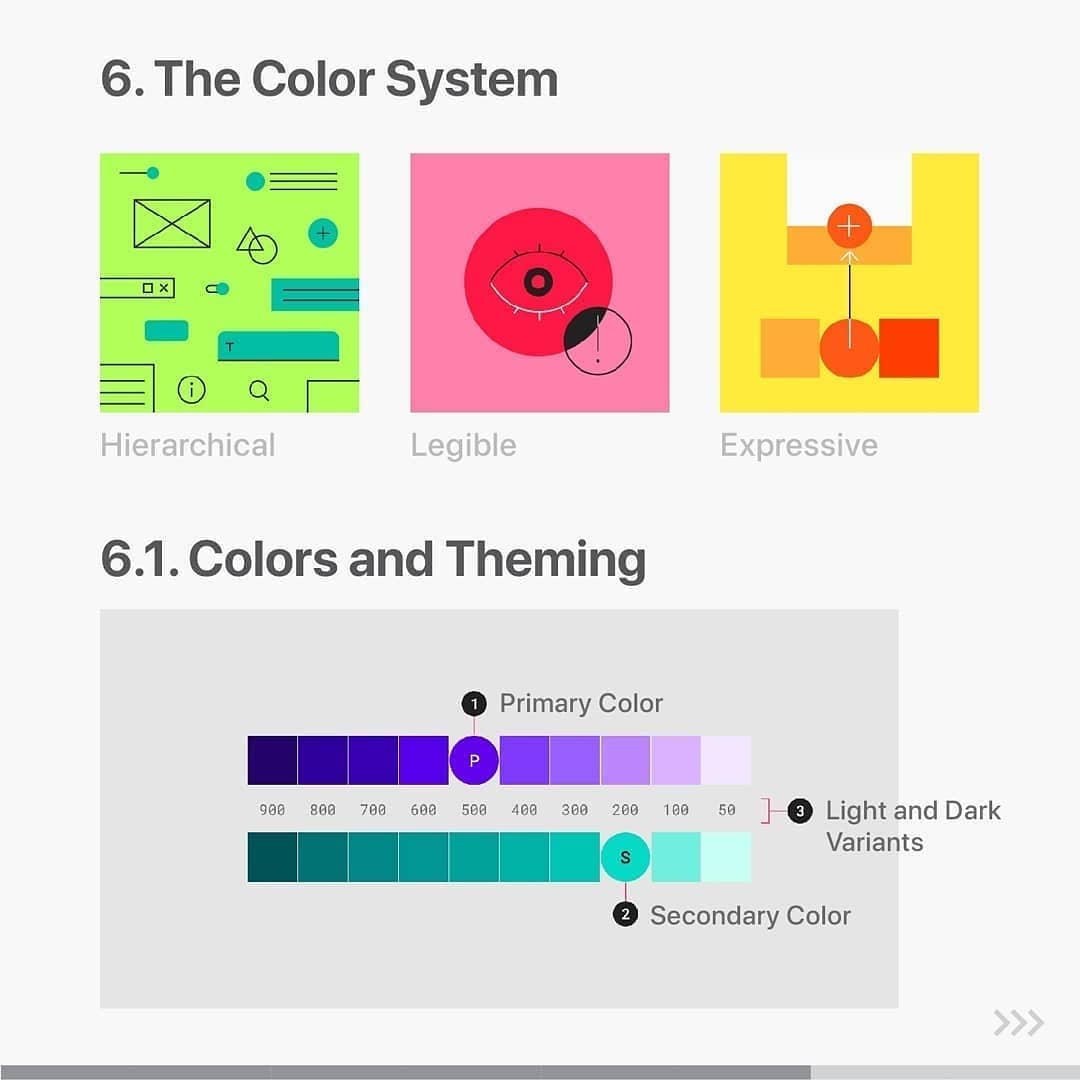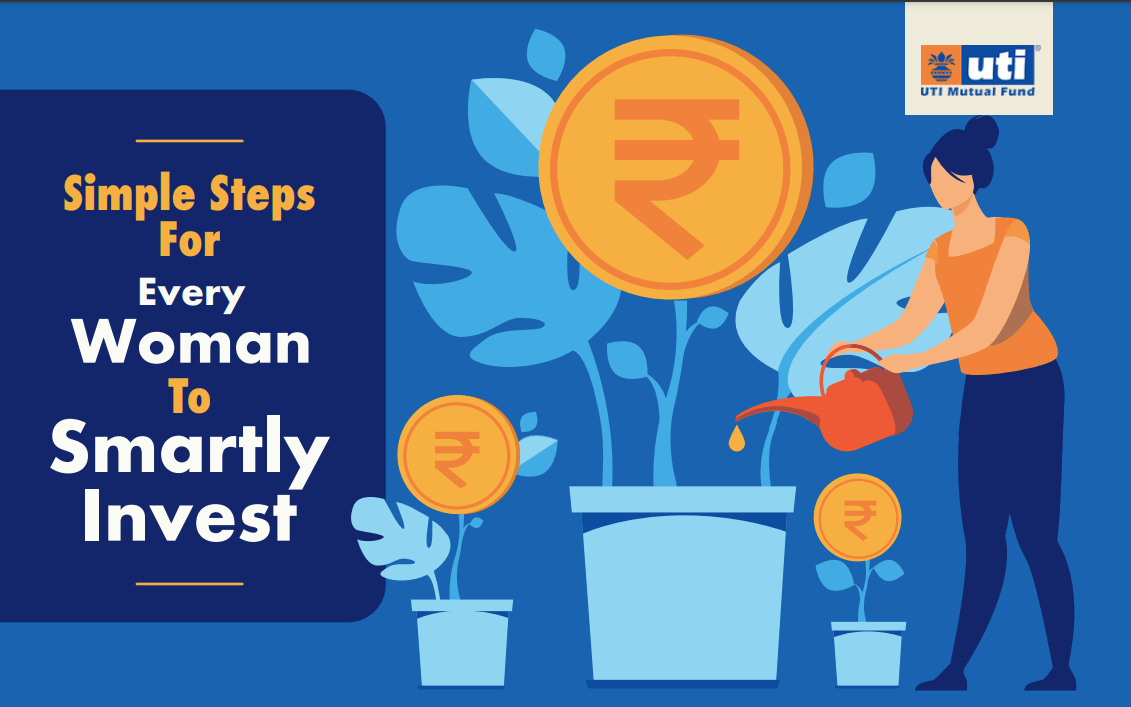Understanding Android's Evolved Design Language

Table of Contents
The Genesis of Material Design
The arrival of Android Lollipop and its accompanying Material Design marked a pivotal moment. Before Material Design, Android's visual language lacked cohesion. Material Design introduced a unified approach, borrowing principles from real-world materials. The core concept revolved around the metaphor of paper, with cards, sheets, and depth creating a visually engaging and intuitive interface. This "paper" is given a three-dimensional feel through the use of shadows and elevation, enhancing visual hierarchy and clarity.
- Emphasis on visual hierarchy and clarity: Material Design prioritized clear visual cues to guide users seamlessly through the interface. This is achieved through strategic use of typography, spacing, and visual layers.
- Introduction of the ripple effect for feedback: The ripple effect, a subtle animation triggered by user interaction, provided haptic feedback, improving the user experience and reinforcing actions.
- Focus on consistent UI elements across different Android devices: Material Design standardized UI components, ensuring a consistent experience across devices with varying screen sizes and resolutions. This contributed significantly to a more unified and user-friendly Android ecosystem.
Material Design 2 and its Refinements
Material Design 2 built upon the foundation laid by its predecessor, introducing significant enhancements. Adaptive design became a central theme, allowing for flexible layouts that respond to different screen sizes and orientations. This responsiveness ensures a consistently positive user experience across the wide variety of Android devices available. Moreover, Material Design 2 significantly expanded theming capabilities, empowering developers to create unique and branded app experiences while adhering to the established design guidelines.
- Introduction of new components and updated guidelines: Material Design 2 introduced new UI components and refined existing ones, enriching the design language’s versatility and flexibility.
- Improved support for different screen sizes and orientations: The adaptive nature of Material Design 2 ensured optimal user experiences regardless of device form factor.
- Emphasis on customizability and branding: Developers gained more control over the look and feel of their apps, allowing for greater personalization and brand integration within the Material Design framework.
- Use of color systems for branding and accessibility: Material Design 2 promoted the use of consistent and accessible color palettes, ensuring both visual appeal and inclusivity.
Beyond Material Design 2: Current Trends and Future Directions
The latest iteration, Material You, takes personalization to a new level. Introduced with Android 12, Material You leverages dynamic color theming, extracting colors from the user's wallpaper to create a cohesive and personalized interface. This extends beyond simple color schemes; it dynamically adjusts widgets, icons, and other UI elements, offering a truly customized Android experience.
- The role of AI in shaping future design trends: Artificial intelligence is expected to play a growing role in shaping future Android design trends, potentially leading to more intelligent and adaptive interfaces.
- Focus on accessibility and inclusivity in design: Google continues to prioritize accessibility, ensuring that Android's design language remains inclusive for all users.
- The ongoing evolution and future updates to the Android design language: The Android design language is constantly evolving, with regular updates and refinements to address emerging trends and technological advancements.
- Examples of apps that leverage the latest design features: Many popular apps are already incorporating Material You's dynamic color features and other advancements, setting a high bar for app development.
Conclusion
From the introduction of Material Design's foundational principles to the dynamic personalization of Material You, Android's design language has consistently evolved to enhance user experience and app development. Understanding these principles is key for developers seeking to create intuitive and engaging applications and for users to fully appreciate the cohesive and customizable nature of the Android operating system. Mastering Android's evolved design language is essential for creating exceptional user experiences.
Call to Action: Learn more about mastering Android's evolved design language and elevate your Android app development skills! Dive deeper into the [link to relevant resource]. Stay updated on the latest Android design guidelines to create exceptional user experiences with [link to Android developer site].

Featured Posts
-
 Albanese Vs Dutton A Critical Analysis Of Their Policy Pitches
May 16, 2025
Albanese Vs Dutton A Critical Analysis Of Their Policy Pitches
May 16, 2025 -
 Invest Smartly A Geographic Analysis Of Promising Business Areas
May 16, 2025
Invest Smartly A Geographic Analysis Of Promising Business Areas
May 16, 2025 -
 Concerns Raised Biden Aide Recommends Political Retreat
May 16, 2025
Concerns Raised Biden Aide Recommends Political Retreat
May 16, 2025 -
 Where To Watch Ottawa Senators Vs Toronto Maple Leafs Game 5 Free Live Stream Options
May 16, 2025
Where To Watch Ottawa Senators Vs Toronto Maple Leafs Game 5 Free Live Stream Options
May 16, 2025 -
 Rencana Giant Sea Wall Kesepakatan Presiden Prabowo Dan Dpr
May 16, 2025
Rencana Giant Sea Wall Kesepakatan Presiden Prabowo Dan Dpr
May 16, 2025
